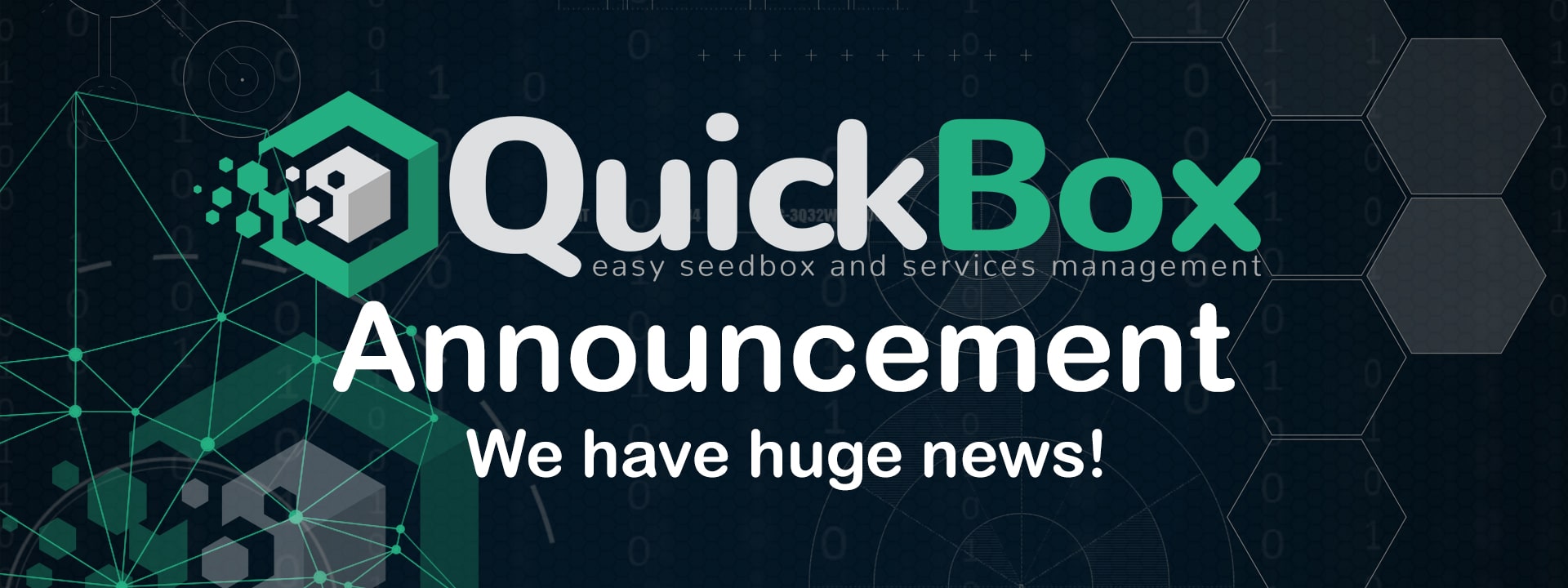So if you’ve been following our blogs for a while, you will know that I’ve shared my personal setup using QuickBox and over the course of this past year, it has dramatically changed and is now something I’m really proud of. Now, I can’t take any credit for this, just providing the occasional joke.
I won’t name the person who helped me directly get this all setup, but it has really expanded my knowledge of Linux systems, managing servers and so much more. I owe a huge debt of gratitude to this person.
Server Specs
The specification of my server hasn’t really changed much since last time. However, here are the core details you should know;
- Intel® Core™ i9-9900K Octa-Core incl. Hyper-Threading Technology
- 64 GB DDR4
- 2 x 8 TB
- 1 GBit/s-Port
- 1 TB NVMe SSD
Software & Operating System
So you may of heard of an operating system called Proxmox. This is a hypervisor that allows you to run virtual machines on your server. I had heard of this previously, and tried to get it setup on my server previously, however, I couldn’t do it.
I didn’t have the knowledge, and couldn’t find any easy guides to follow. After learning more about it, I understood why there wasn’t an easy guide to it. That’s because with Proxmox, it’s so versatile that you can literally do anything with it.
So, I installed Proxmox first and then installed my first container with Ubuntu running. I was so excited to do this, because if and when I brake the container, I had backups, and snapshots of everything previously configured which means if I needed to roll it back, I could easily do so.
Bare metal performance vs Virtualized Performance
I am not Linus Tech Tips, but they did a fantastic video recently talking about the benefits verses the drawbacks of using virtualisation. However, to cut a long story short, you are gonna need some head room to actually run the hypervisor, however, you will get near enough the same performance using a virtual machine than running bare metal.
To watch the video from Linus Tech Tips, click here.
Anything else that’s changed?
Not really no. I still use RClone to host my storage with over 300TB worth of data, and I still use Plex, Sonarr, Radarr and all of the other things as well. This just now means that I can run multiple Plex Media Servers, all looking at the same content to share with multiple people.
Would you ever look at moving to a VM setup? If not, why not! Join the discussion in our Discord server here.












